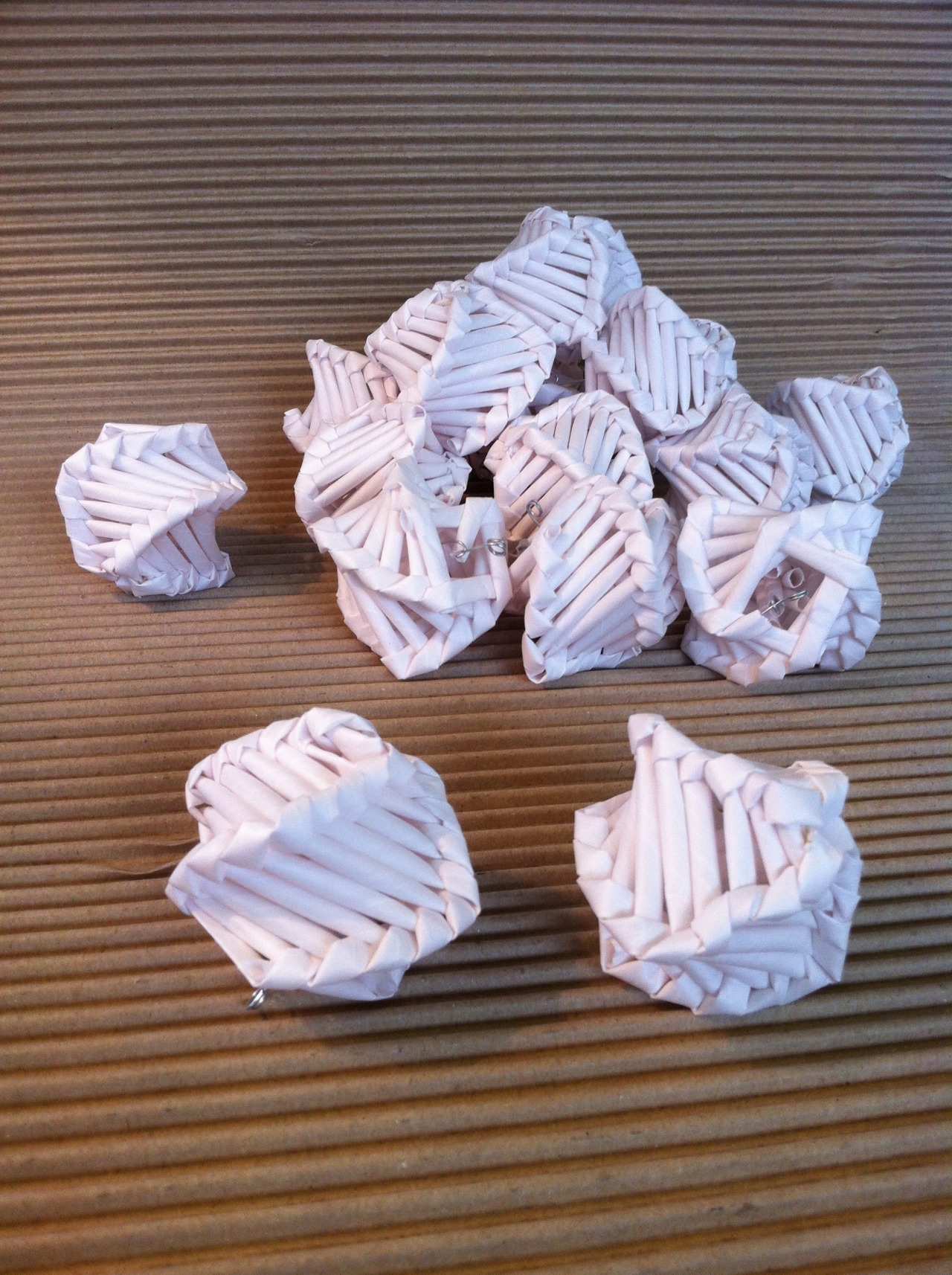As readers of my blog, you may already know I use basketry weaves to create my woven sculptures. I’m always experimenting and trying out new weaves including recently the Corn Dollie weave.
My new move into using metal to weave with has led to some very sore fingers, so I was thinking of using a hand tool to take some of the strain off of my hands.
One type of weave that uses a tool is Crochet, so I’m planning to learn the basic weaves or stitches and see if it will work in my spherical sculpture work.
Watch this space over the coming days for my results.
The Crochet has progressed into circles which I find very difficult, especially trying to remember where I began.





















